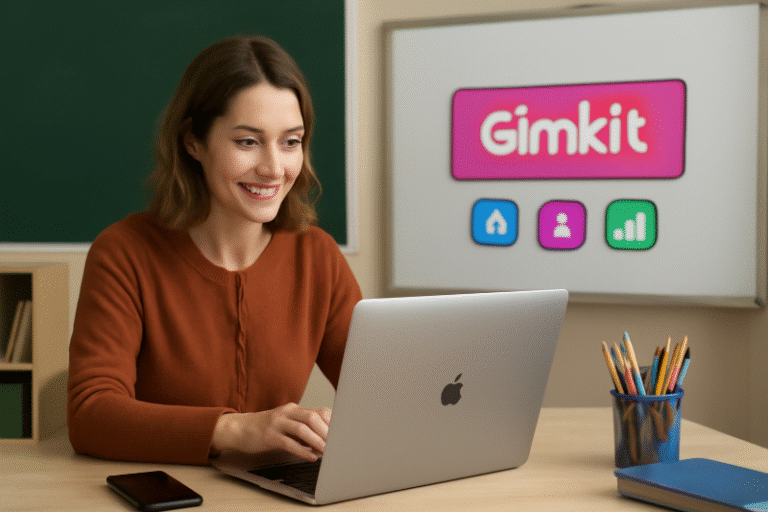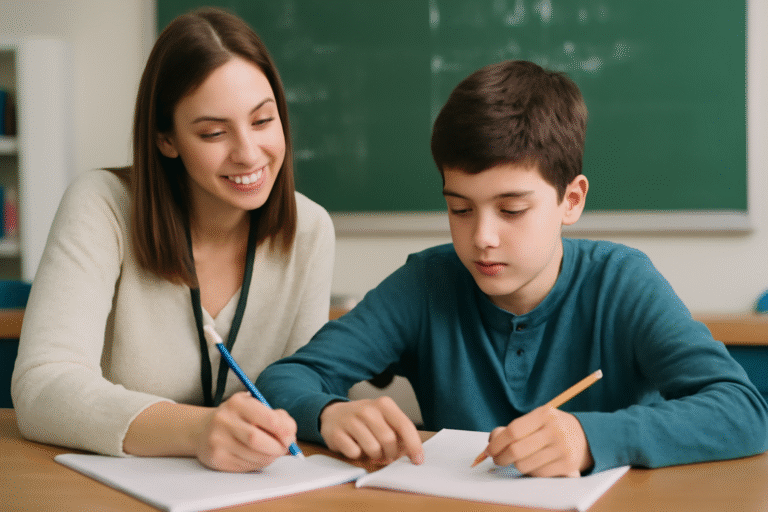5 Ways Gamification in Education Is Changing the Classroom
Gamification in education is more than just a buzzword—it’s a transformative trend that is reshaping how teachers engage with students and how students interact with learning materials. By incorporating game mechanics like competition, rewards, challenges, and progression, gamification turns traditional education into an exciting, interactive, and motivational experience. Here are five key ways that gamification is changing the classroom and the benefits it brings to education.
1. Enhancing Student Engagement
One of the most significant impacts of gamification in education is its ability to increase student engagement. Traditional teaching methods can sometimes feel passive, but gamification introduces an active learning process where students are motivated by rewards, challenges, and a sense of achievement. By turning learning into a game, students are more likely to stay focused, motivated, and excited to participate. This shift leads to an increase in student retention and helps students maintain interest in subjects that might otherwise feel monotonous.
For example, platforms like Gimkit Home have revolutionized the classroom by offering students the opportunity to compete against peers while learning new material. The instant feedback, leaderboards, and customizable quizzes keep students engaged and give them a clear sense of progress.
2. Personalizing Learning Experiences
Gamified learning provides the ability to tailor educational content to individual student needs. By adjusting the difficulty of quizzes, challenges, or game-based activities, teachers can ensure that each student is learning at their own pace, based on their skills and abilities. Personalized game elements allow students to focus on areas where they need improvement while advancing more quickly through topics they already understand.
Platforms like Gimkit Home allow educators to create customized quizzes that reflect specific lesson plans or areas of focus, helping students get the most out of each learning session. This adaptive learning model ensures that students are always engaged at the right level of challenge, without feeling overwhelmed or bored.
3. Fostering Collaboration and Teamwork
Unlike traditional, competitive classroom environments, gamification encourages collaboration and teamwork. Many educational games allow students to work together to achieve goals, which not only enhances their social skills but also builds a sense of community. Students learn to communicate, solve problems, and support each other in a way that traditional learning doesn’t always encourage.
In gamified classroom settings, group activities are commonplace, where students collaborate on quizzes, solve challenges together, or compete as teams. This collaborative approach fosters peer-to-peer learning, where students can share their insights, discuss strategies, and learn from one another’s perspectives. Platforms like Gimkit allow students to play together in teams, helping them build cooperative skills while keeping learning enjoyable.
4. Boosting Motivation through Rewards and Recognition
Gamification introduces a reward-based system that motivates students to push themselves harder. With points, badges, and leaderboards, students are incentivized to improve their performance and achieve new milestones. These reward systems not only recognize academic success but also encourage perseverance and effort in the face of challenges.
In gamified learning environments, students can unlock rewards as they complete challenges, offering a tangible acknowledgment of their hard work. This sense of achievement provides students with instant feedback on their progress and boosts their confidence. Platforms like Gimkit Home take advantage of leaderboards and real-time game performance to create a healthy competitive atmosphere that further fuels motivation.
5. Making Learning Fun and Enjoyable
Ultimately, gamification makes learning more enjoyable. By incorporating game-like mechanics, such as competition, storytelling, and rewards, students view learning as a fun and engaging experience rather than a tedious task. This not only makes it easier for students to grasp complex concepts but also helps them retain information for longer periods.
In traditional classroom settings, students often associate learning with stress, exams, and rote memorization. However, by integrating games into the curriculum, students are more likely to approach lessons with excitement, curiosity, and a positive attitude toward learning. Gimkit Home provides an excellent example of how fun, interactive quizzes can create a more relaxed, motivating, and enjoyable learning environment, where students feel less pressure and more enthusiasm.
Conclusion: The Future of Gamification in Education
As gamification continues to evolve, its potential to revolutionize education becomes increasingly clear. From enhancing engagement and personalizing learning experiences to fostering collaboration and boosting motivation, gamification is reshaping how students learn and how teachers teach. With the right tools and strategies, educators can create an environment where students are not only more motivated but also more successful in mastering new concepts.
Gimkit Home, with its customizable quizzes, real-time feedback, and game mechanics, is a prime example of how gamification can transform traditional classrooms into dynamic, student-centered learning spaces. The future of education is gamified—and it’s only just getting started.



